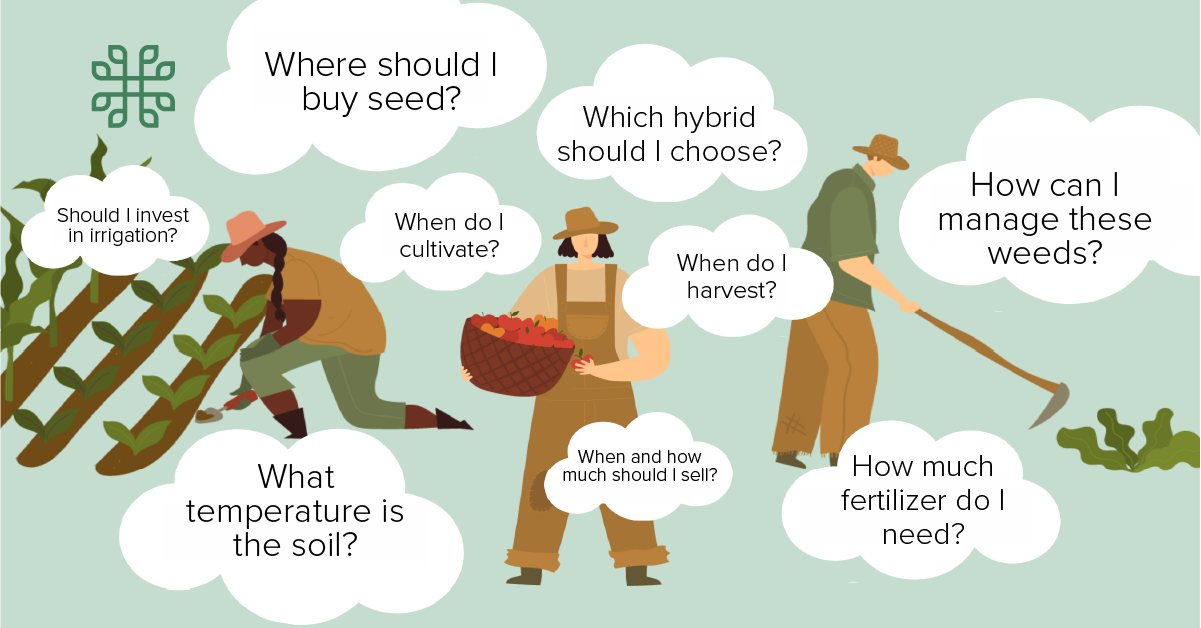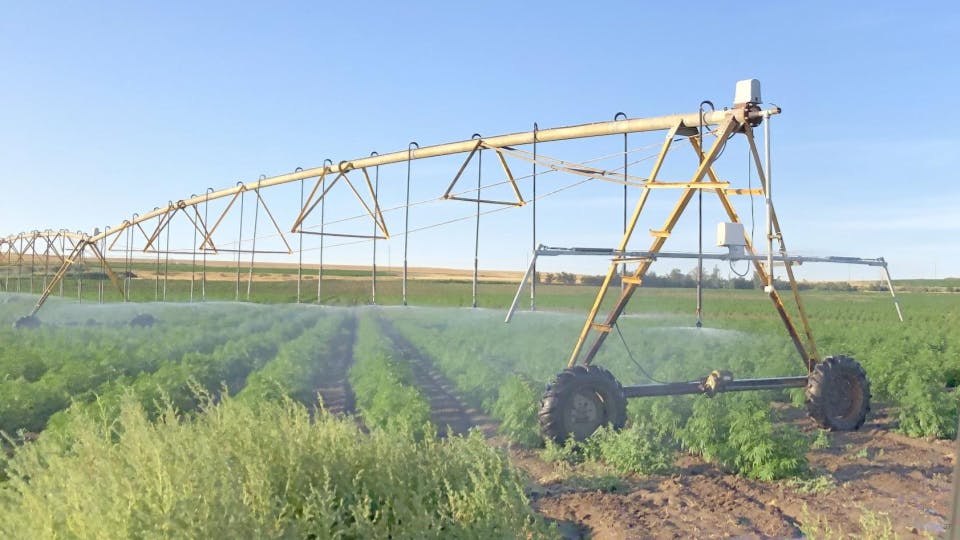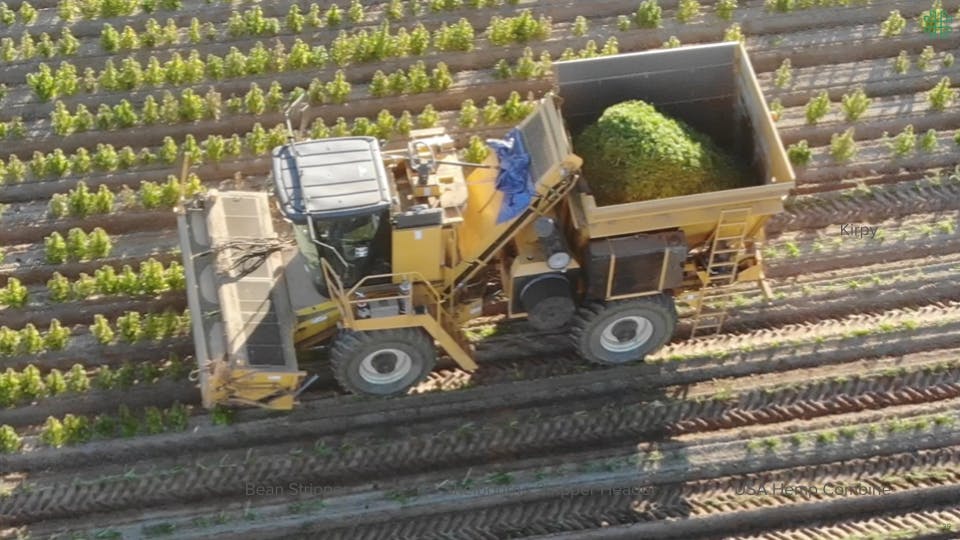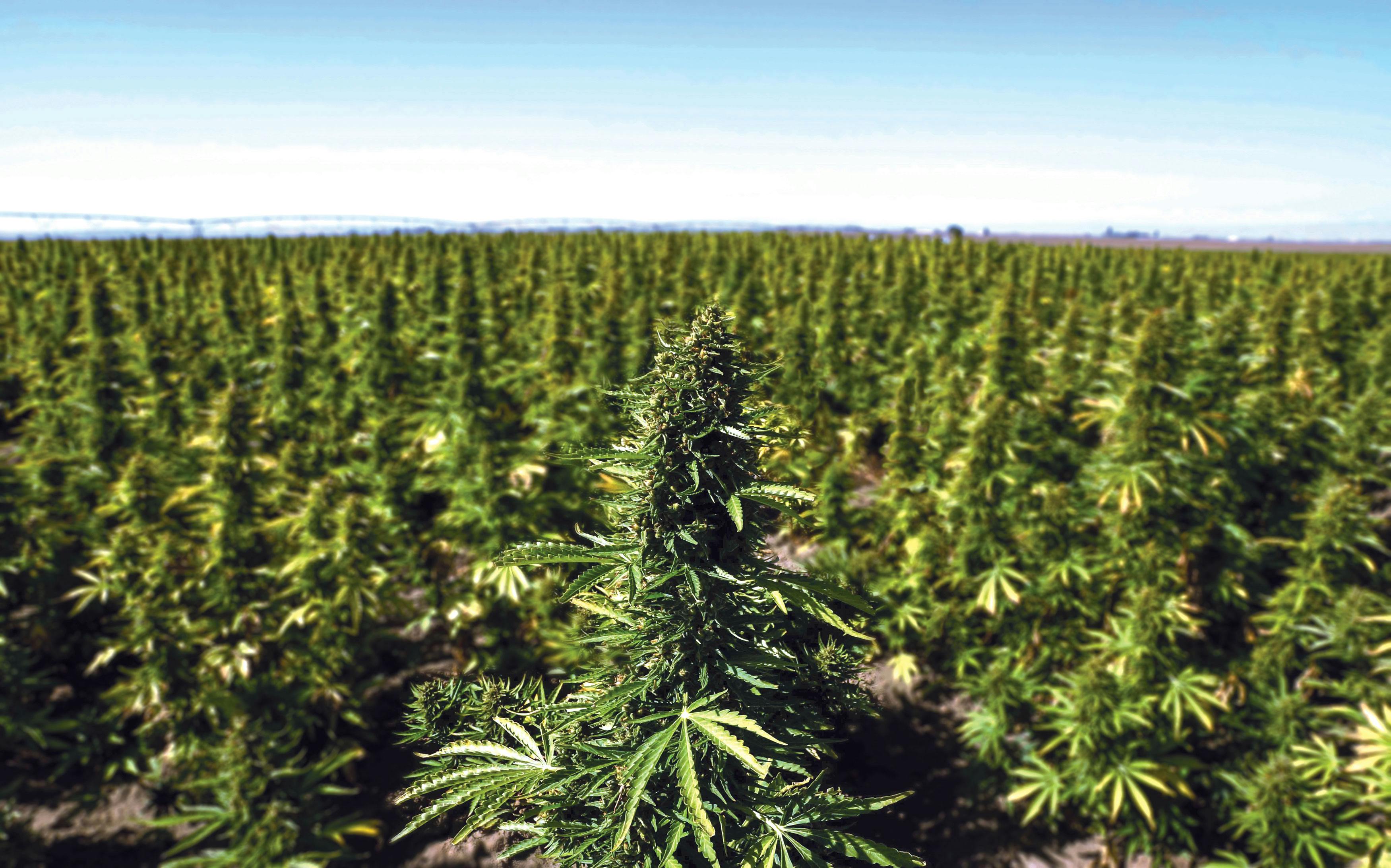Growing season is decision season. From planting to harvest, a Grower makes over a thousand decisions that affect their crop.

That may seem overwhelming, but when you break it down, that’s your path to success. The decisions that await you are a road map, not a maze.
Here are 9 big things every outdoor hemp grower should consider.
1. How do I choose a variety?
Where you live and grow matters. It’s important to determine the best variety for your region. Dependent on your last frost date and how long your season is, autoflower varieties may allow for multiple harvests in one season. Pair that with a photosensitive for staggered timing, and watch your bottom line balloon. Should you grow an autoflower, a photosensitive, or both? Which variety will perform best in your growing environment? Ask your seed distributor what they recommend. Talk to other hemp growers in your area. Better yet, do both. Let’s build a community while we’re hard at work growing hemp.
2. Who is my end buyer?
Are you farming for extraction or smokable flower? Remember the process is different. Plants grown for smokable flower tend to be photosensitive varieties and may need more spacing between plants to optimize growth. How much space do you have to grow?
The drying or curing process is also significantly different for flower than it is for extraction, meaning more space or different equipment requirements. In what form does your buyer want to receive the product? Your end product can dictate your drying process. Options include hanging, forced hot air, flash freeze, and wet bale.
Finally, if you’re farming for extraction, it’s best to go with mechanized harvest. Farming for smokable flower often requires manual harvest and more investment in labor.
3. Who is my neighbor?
Consider how your neighbor may be affected by your crop and vice versa.
Pest control with hemp is organic, and the EPA continues to release pesticides with hemp on the label. (We recommend Agrian to find EPA-labeled products.) Here’s the caveat: just because hemp is on the label does not mean it’s approved for use in your state. Contact your local crop production professional or university extension agent before applying pesticides, and always follow the label.
You should also consider how any adjacent crops will be managed. Will they be managed chemically? Is there a potential drift hazard that could harm your crop? Are they also growing a hemp crop that could possibly pollinate and destroy your crop? Chat with your neighbor about your management plan. Good communication makes good neighbors.

Possible Hemp Pests (from left: damping off, powdery mildew, corn earworm)
Soil: Pythium, Fusarium, Rhizoctonia
Foliar: Downy Mildew, Powdery Mildew, Botrytis, Blights
Insect: Western Flower Thrips, Seed Maggot, Wireworm and Borers, Lepidoptera, Mites, Aphids
4. How should I prepare my soil?
Successful hemp growers know their biggest asset is their soil. Stand establishment and emergence rate depend on proper soil prep. For both autoflower and photosensitive varieties, prepare a well-draining, fine seedbed free from any crop residue. Will you direct sow or transplant? Hemp plants do not do well in soils heavy with clay; ask your local extension agent for tips if this is your soil type. No question about it–good seed-to-soil contact is required for successful germination.
5. What inputs should I consider?
How will you control weeds? What is your strategy for pests? Inputs can start to add up, so it’s important to know your budget and optimize your strategy for managing your crop accordingly.
Soil testing is a great place to start. A soil test gives you a picture of the health and fertility of your soil and will help you make more informed decisions. Is your soil high or low in nitrogen, phosphorous, or potassium? Will you be using organic fertilizer or conventional? Understanding the chemistry of your soil will help you manage the type and amount of any inputs.
6. Does my previous crop matter?
Even though it’s not on the guestlist, your previous crop can spring back uninvited. What types of weeds were you managing previously? Could they regenerate? Are there lingering chemical residues? You’re the landlord, the steward of the soil, so make sure things are set for your new tenant to live and thrive.
7. How do I handle irrigation?

Overhead Irrigation
Your main irrigation options are drip, overhead, and pivot. How much you water will depend on your soil type. Hemp plants do not like having wet feet, so it’s important to find the sweet spot where they’re getting enough but not standing in it. Dry land growers using rain events for seed germination may see non-uniform stands due to untimely rains. In that case, you should consider supplemental irrigation. Overhead pivot irrigation may not work best in humid climates as it can encourage destructive pathogens like botrytis later in the season. Many irrigation companies now offer “new” solutions tailored to hemp production. Shop around to discover what’s being offered in your area.
8. What equipment do I need?
What equipment will you need to plant, maintain, and harvest your crop? The answer depends, again, on your end buyer. If you’re growing for extraction you’ll want to save on labor by harvesting mechanically. Do you already own or have access to the required equipment? Can you modify what you already have and make it work for you, perhaps with specialty parts? Will you need to buy, rent, or hire it out? Check with your local equipment dealer for the latest modifications being made to equipment for hemp.
9. What will my closing crop be?
If you’re growing an autoflower hemp variety, remember it could be harvested with half the summer left. Depending on your region and the length of your season, an autoflower may allow for multiple harvests.
If you stagger an autoflower with a photosensitive, you can get more out of every acre while distributing your workload. If you’re growing only autoflower, what are you planting behind it when it comes off in August? If you’re cycling seedlings out of your greenhouse into the ground, are you using your greenhouse most efficiently?
Having your production cycle planned and a planting cycle mapped out can help you keep costs down and have a fully successful season.

Bean Stripper
Calling all forward thinkers
When it comes to growing hemp, the faint of heart need not apply. It’s not easy, but it does get easier with experience and support. Hemp is a team sport, and growers often rely on experts such as agronomists for advice. Be sure to assemble the right team. Your agronomists, aficionados, and other team members—as well as the tools you use—are critical to avoiding decision paralysis.
In our experience, farmers are always open to innovative technology, newly emerging crops, and new ways of doing things. As far as we’re concerned, hemp growers are among the most innovative and forward-thinking farmers of our time.

Phylos AutoCBD Hemp Field
Knowledge is flower power
Behind every successful crop is a grower making informed decisions. It’s part of our mission to support your decision-making by equipping you with the information and guidance you need to succeed.
Growers face risks and manage their crop every day, and whether you made the right call is usually not apparent until much later. How you manage and who you involve in your decision-making process can help you make choices that lead to a more profitable and sustainable operation.
The most successful hemp growers we meet use a variety of tools, apps, and advice to help make decisions. Whether you’re growing one acre or one thousand acres of hemp, when you choose Phylos Hemp Seed you’ll have access to full-season agronomic support.
Talk to a trusted expert
We are a whole team of experts determined to see you succeed. Our Technical Development and Customer Success teams can help fine-tune your cultivation and production plans.
Contact us online or call us at 503-206-6599 EXT. 2 (weekdays, 8am–5pm PST).